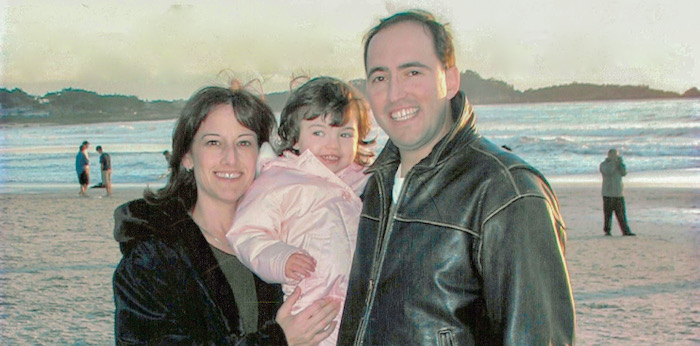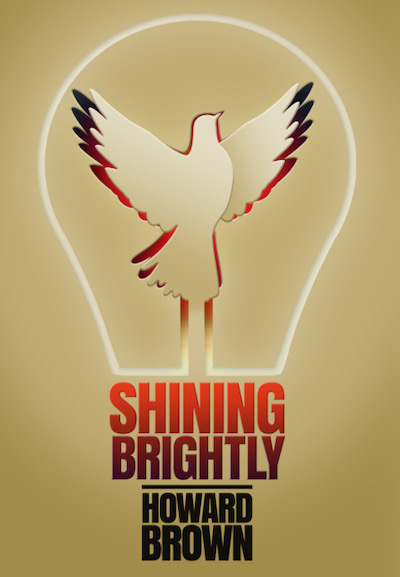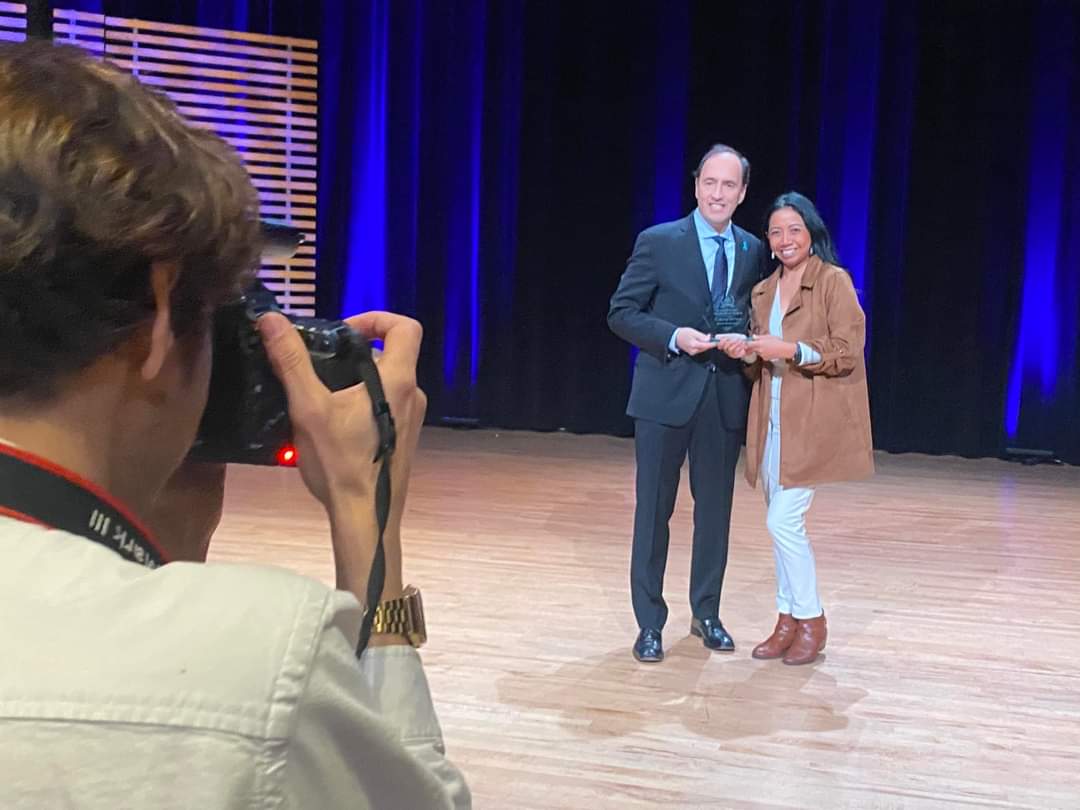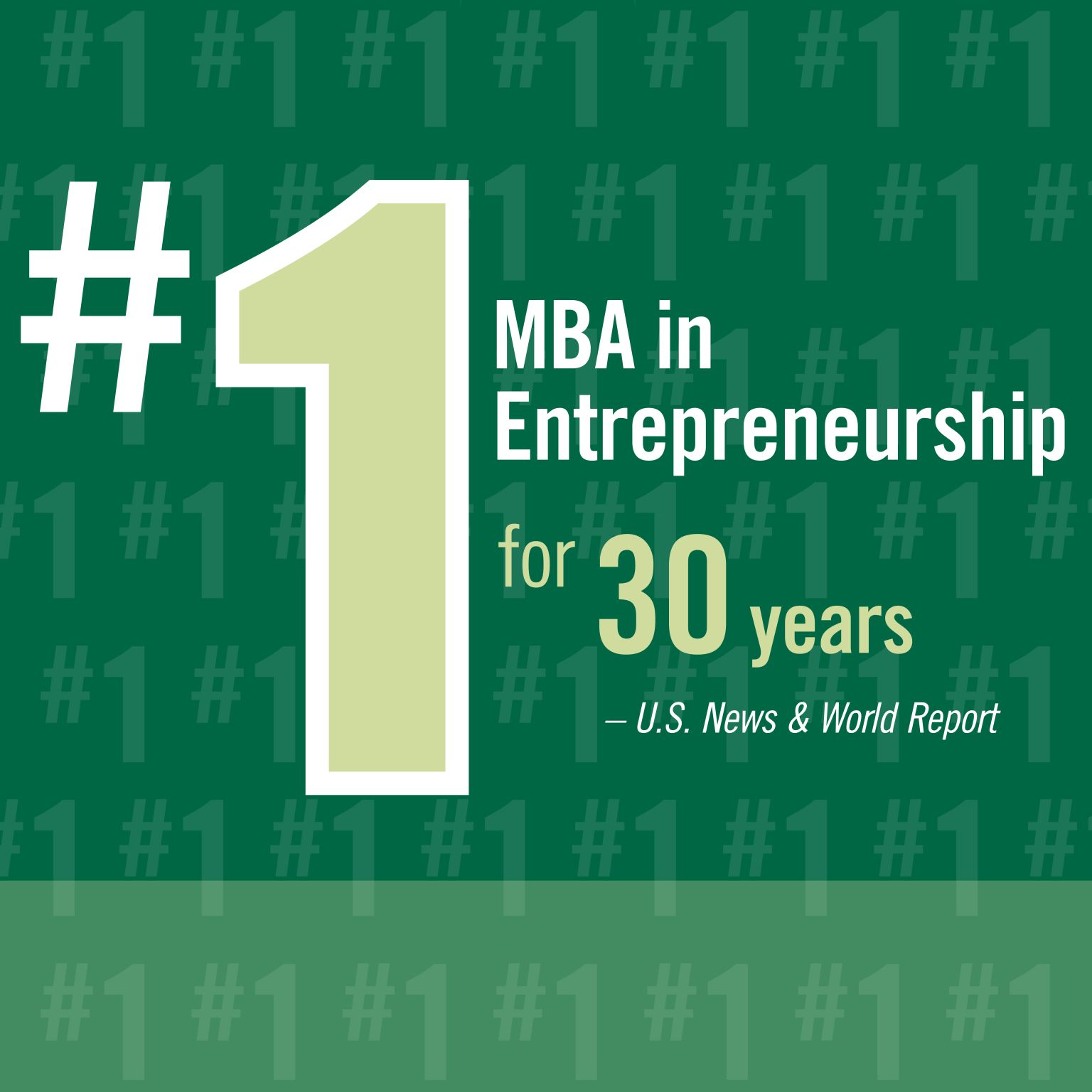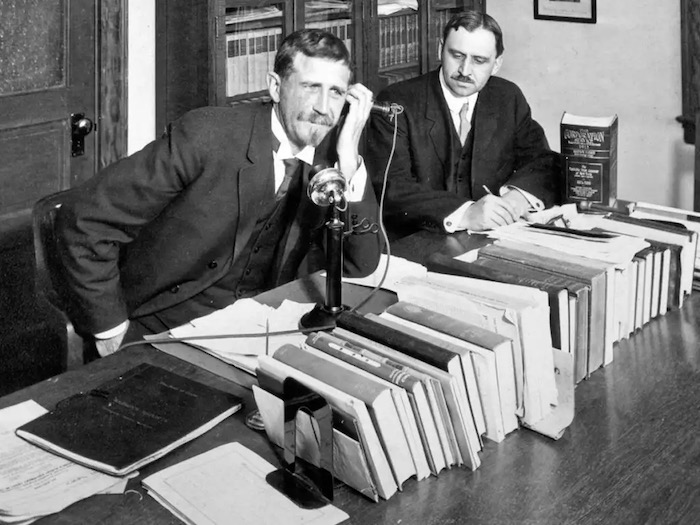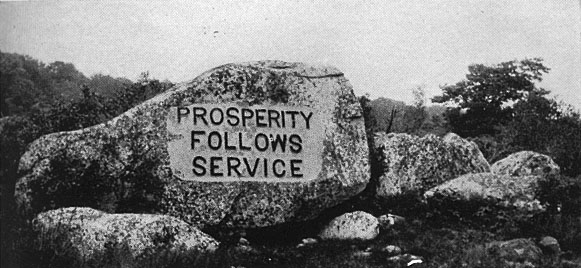‘It’s an honor to be a Dad.’
This week in his podcast, Shining Brightly author Howard Brown reminds us of how much we may have learned from our grandparents, our parents—and then he talks about the high hopes we share for our own children. In Howard’s case, that’s the “miracle girl” you see in the photo above. He explains why Emily truly is a miracle. In honor of Father’s Day, then, please enjoy this heart-warming reflection on lessons and values that, at our best, we can hope to pass along through our families.
.
.
And what happened to that little ‘Miracle Girl’?
EMILY BROWN GREW UP to become a journalist, including an internship writing for our ReadTheSpirit online magazine as she was learning her craft. Now, she reports for KPAX Channel 8 in western Montana where Emily is carrying on her family values—described by her father in his podcast (above) as including tikkun olam, trying to help heal our broken world. In June 2023, Emily is reporting for KPAX on the legacy of Mika Westwolf, a Native American woman who was hit and killed by a driver who fled the scene. Because of Emily’s reporting and a growing awareness of Mika’s case across that region of Montana, part of Mika’s legacy now is public activism to increase awareness of the plight of missing and murdered Native Americans and their families. Through this link, you will visit the KPAX website. Emily’s 3-minute report plays on that page (after a brief ad) and the text of her story also appears on that page.
Then, Emily covered a Native American-led walk in Mika’s memory, intended to raise awareness of her death and the ongoing problem of unresolved missing and murdered Native Americans.
- Here is a link to Emily’s coverage of the march, including text, photos and a 3-minute video.
- Then, here is a link to a KPAX photo gallery of the march.
.
.
Care to learn more?
This is a perfect moment to become one of Howard’s growing global community of friends by ordering your copy of his book.
Here are other articles we have published, exploring the launch of this book:
Take a look at the book’s Foreword: ‘Shining Brightly’ Foreword by Dr. Robert J. Wicks: ‘Learn anew about the American Dream’
And especially read this story: Two-time cancer survivor Howard Brown writes ‘Shining Brightly’ to encourage others to stay healthy
Free Resource Guides
Download (and free-to-share) resource guides for discussing Shining Brightly:
- First is What are the ‘Keys to Resiliency when Confronting Cancer?’ Howard is freely sharing resources from the Discussion Guide for his new book—a page that lists 18 keys to resiliency that have proven valuable in his life and in the lives of people he has mentored through cancer.
- Second is Why should we become mentors?
- And finally Interfaith Bridge Building: Why do this work?
.
.
